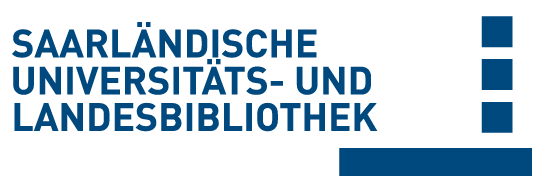Please use this identifier to cite or link to this item:
doi:10.22028/D291-45710 | Title: | A jack of all trades - ADAM8 as a signaling hub in inflammation and cancer |
| Author(s): | Cook, Lena Gharzia, Federico Guillermo Bartsch, Jörg W. Yildiz, Daniela |
| Language: | English |
| Title: | The FEBS Journal |
| Volume: | 291 (2024) |
| Issue: | 18 |
| Pages: | 3989-4008 |
| Publisher/Platform: | Wiley |
| Year of Publication: | 2023 |
| Free key words: | ADAM8 cancer drug target extracellular vesicles immune cells inducible metalloproteinase inflammation miRNA multifunctional protein signaling protein |
| DDC notations: | 610 Medicine and health |
| Publikation type: | Journal Article |
| Abstract: | As a member of the family of A Disintegrin And Metalloproteinases (ADAM) ADAM8 is preferentially expressed in lymphatic organs, immune cells, and tumor cells. The substrate spectrum for ADAM8 proteolytic activity is not exclusive but is related to effectors of inflammation and signaling in the tumor microenvironment. In addition, complexes of ADAM8 with extracellular binding partners such as integrin β-1 cause an extensive intracellular signaling in tumor cells, thereby activating kinase pathways with STAT3, ERK1/2, and Akt signaling, which causes increased cell survival and enhanced motility. The cytoplasmic domain of ADAM8 harbors five SRC homology-3 (SH3) domains that can potentially interact with several proteins involved in actin dynamics and cell motility, including Myosin 1F (MYO1F), which is essential for neutrophil motility. The concept of ADAM8 thus involves immune cell recruitment, in most cases leading to an enhancement of inflammatory (asthma, COPD) and tumor (including pancreatic and breast cancers) pathologies. In this review, we report on available studies that qualify ADAM8 as a therapeutic target in different pathologies. As a signaling hub, ADAM8 controls extracellular, intracellular, and intercellular communication, the latter one mainly mediated by the release of extracellular vesicles with ADAM8 as cargo. Here, we will dissect the contribution of different domains to these distinct ways of communication in several pathologies. We conclude that therapeutic targeting attempts for ADAM8 should consider blocking more than a single domain and that this requires a thorough evaluation of potent molecules targeting ADAM8 in an in vivo setting. |
| DOI of the first publication: | 10.1111/febs.17034 |
| URL of the first publication: | https://doi.org/10.1111/febs.17034 |
| Link to this record: | urn:nbn:de:bsz:291--ds-457108 hdl:20.500.11880/40207 http://dx.doi.org/10.22028/D291-45710 |
| ISSN: | 1742-4658 1742-464X |
| Date of registration: | 30-Jun-2025 |
| Description of the related object: | Supporting Information |
| Related object: | https://febs.onlinelibrary.wiley.com/action/downloadSupplement?doi=10.1111%2Ffebs.17034&file=febs17034-sup-0001-Supinfo.pdf |
| Faculty: | M - Medizinische Fakultät |
| Department: | M - Experimentelle und Klinische Pharmakologie und Toxikologie |
| Professorship: | M - Jun.-Prof. Dr. Daniela Yildiz |
| Collections: | SciDok - Der Wissenschaftsserver der Universität des Saarlandes |
Files for this record:
| File | Description | Size | Format | |
|---|---|---|---|---|
| The FEBS Journal - 2023 - Cook - A jack of all trades ADAM8 as a signaling hub in inflammation and cancer.pdf | 2,66 MB | Adobe PDF | View/Open |
This item is licensed under a Creative Commons License


